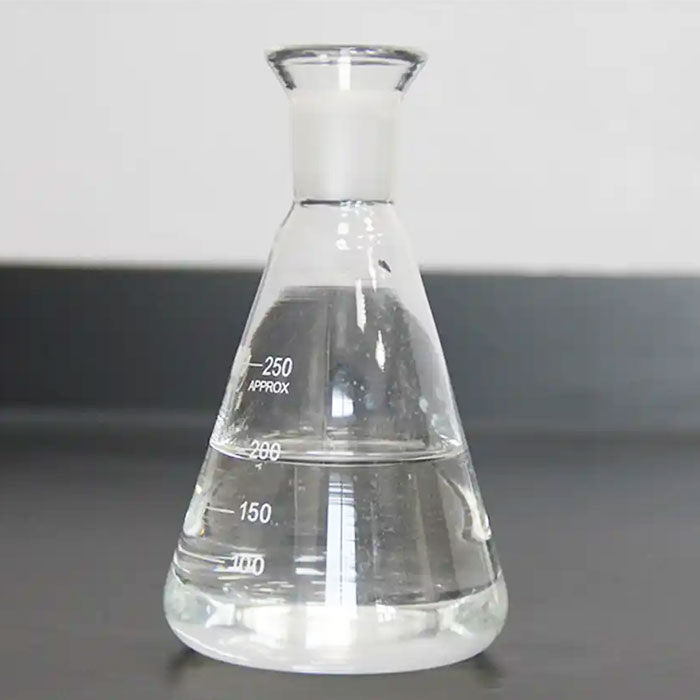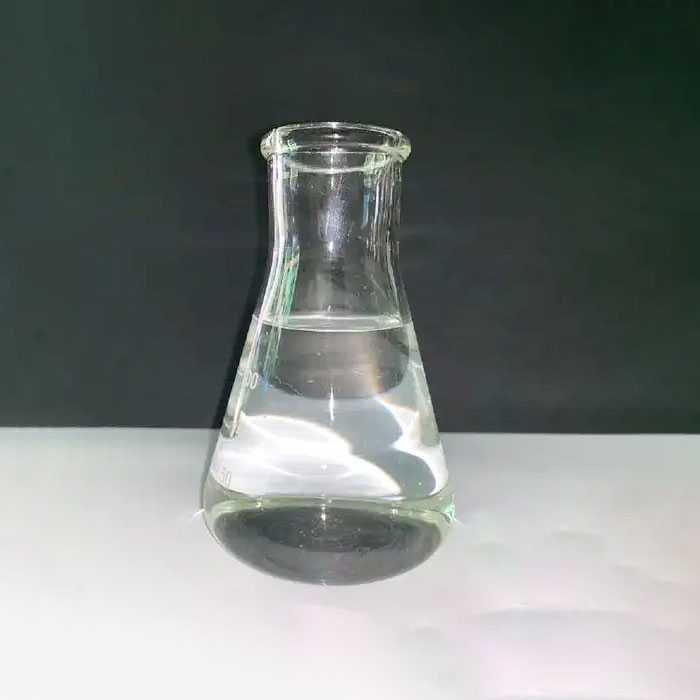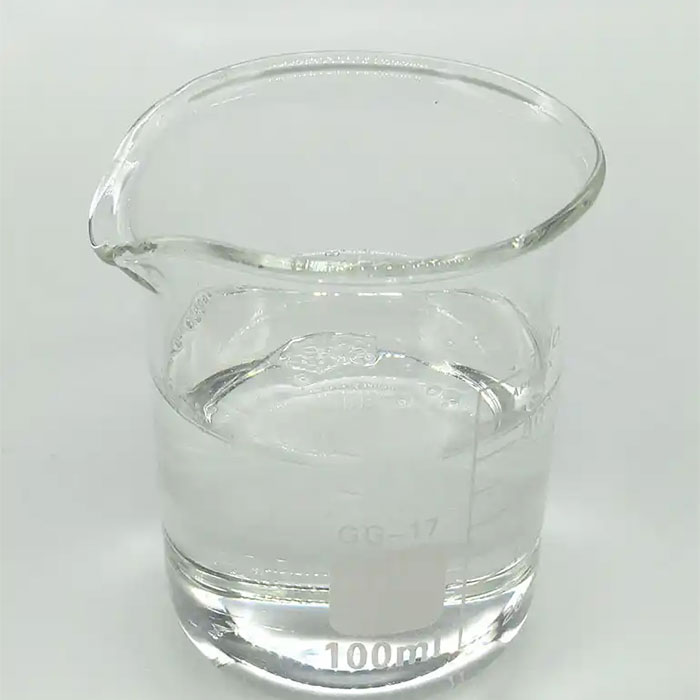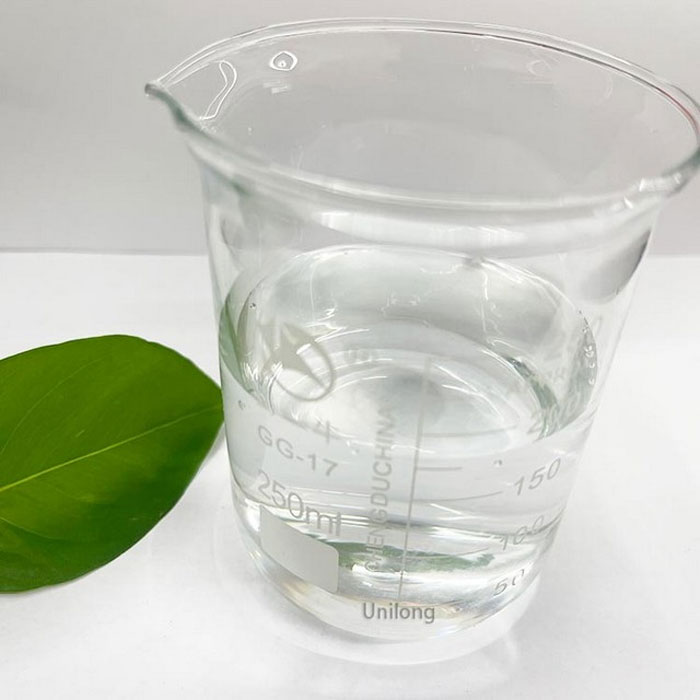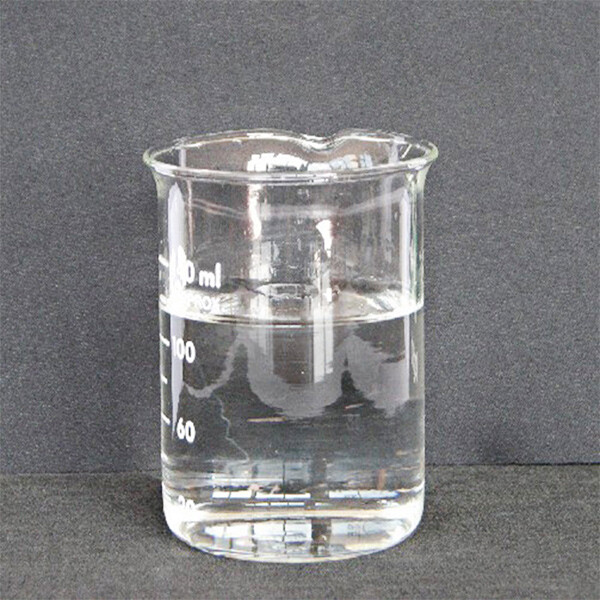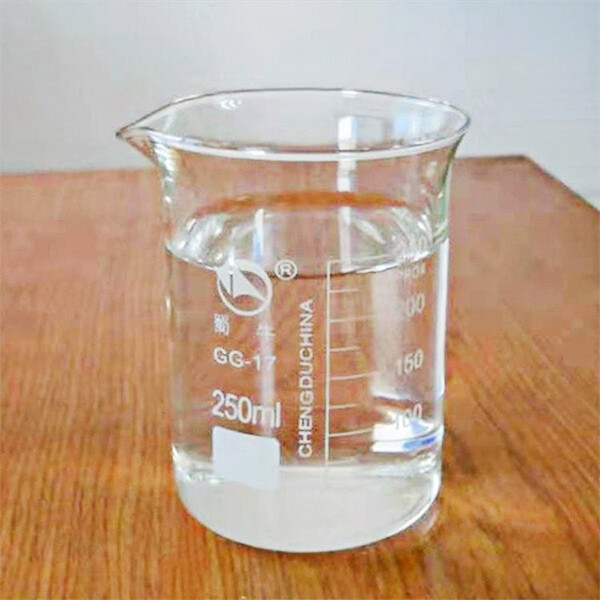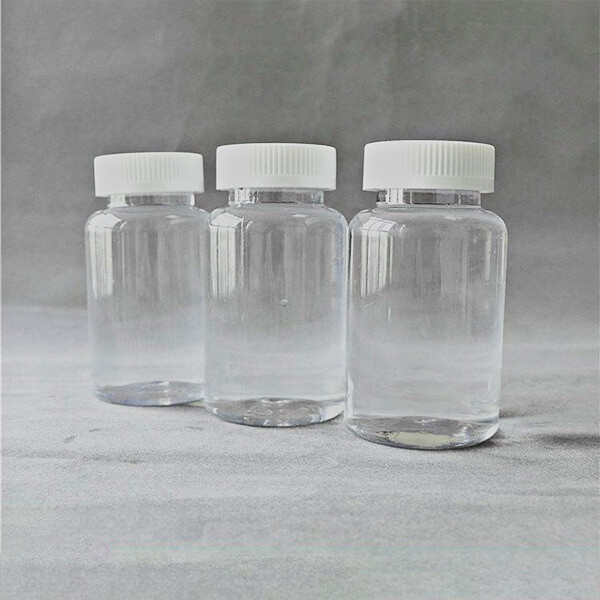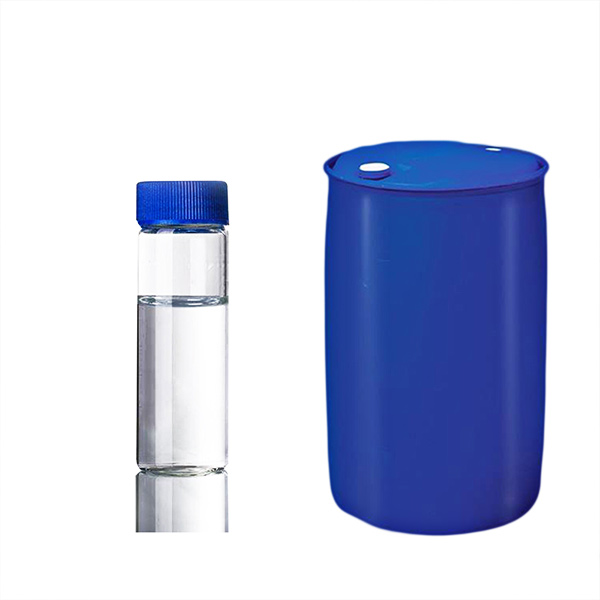
PRODUCTS
PRODUCTS
Product Details
Isopropanol, also known as 2-propanol, is a common secondary alcohol with the same molecular formula as propanol, but with a different atomic arrangement: C₃H₃O. It is a colorless liquid known for its volatility and relatively low boiling point (approximately 82.6°C). Its melting point is -89.5°C. Isopropanol is completely miscible in most solvents, including water, ethanol, and chloroform, and can dissolve a wide variety of non-polar compounds, demonstrating its versatile solvent properties. However, it is flammable and releases water and acetone when reacting with oxidants.
PRODUCT PROPERTIES
Density: 0.7855 g/cm³
Melting Point: -89.5°C
Boiling Point: 82.5°C
Flash Point: 11.7°C (CC)
Critical Temperature: 235°C
Critical Pressure: 4.76 MPa
Ignition Temperature: 456°C
Solubility: Soluble in water, ethanol, ether, benzene, chloroform, and most other organic solvents
PRODUCT APPLICATIONS
1. As a chemical raw material, it can be used to produce acetone, hydrogen peroxide, methyl isobutyl ketone, diisobutyl ketone, isopropylamine, isopropyl ether, isopropyl chloride, and isopropyl fatty acid esters and chloroisopropyl fatty acid esters. In fine chemicals, it can be used to produce isopropyl nitrate, isopropyl xanthate, triisopropyl phosphite, aluminum isopropoxide, as well as pharmaceuticals and pesticides. It can also be used to produce diisopropyl ketone, isopropyl acetate, thymol, and gasoline additives. 2. As a solvent, it is a relatively inexpensive option in industry and has a wide range of uses. It is freely miscible with water and has a stronger solubility for lipophilic substances than ethanol. It can be used as a solvent for nitrocellulose, rubber, paint, shellac, alkaloids, and in the production of coatings, inks, extractants, and aerosols. It can also be used as an antifreeze, cleaning agent, gasoline blending additive, dispersant in pigment production, fixative in the printing and dyeing industry, antifogging agent for glass and transparent plastics, a diluent for adhesives, and antifreeze and dehydrating agents.
3. It can be used as a chromatographic standard for the determination of barium, calcium, copper, magnesium, nickel, potassium, sodium, strontium, nitrite, and cobalt.
4. In the electronics industry, it can be used as a cleaning and degreasing agent.
5. In the oil and fat industry, it can be used as an extractant for cottonseed oil and can also be used to degrease animal tissue membranes.
Material list certificate
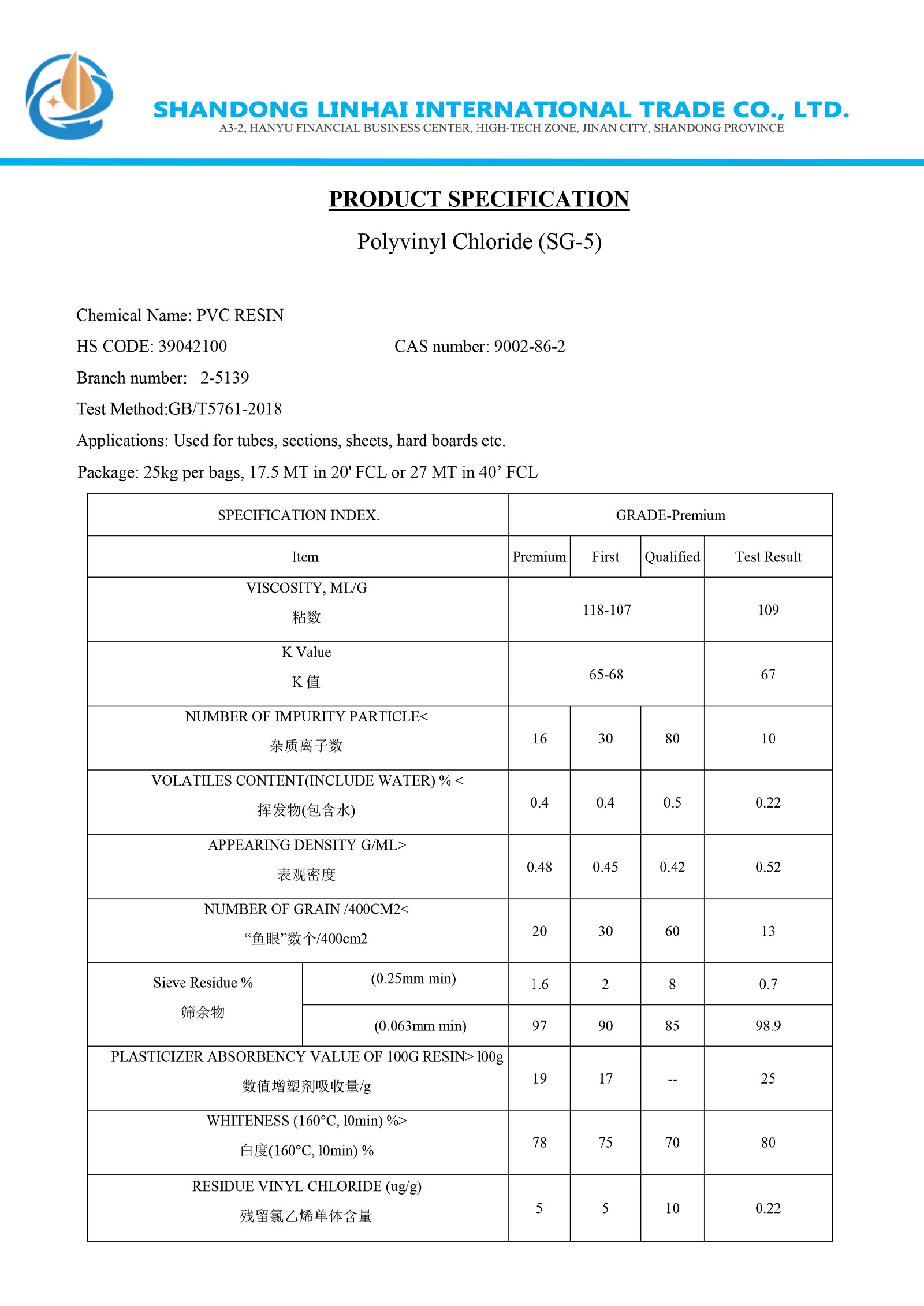
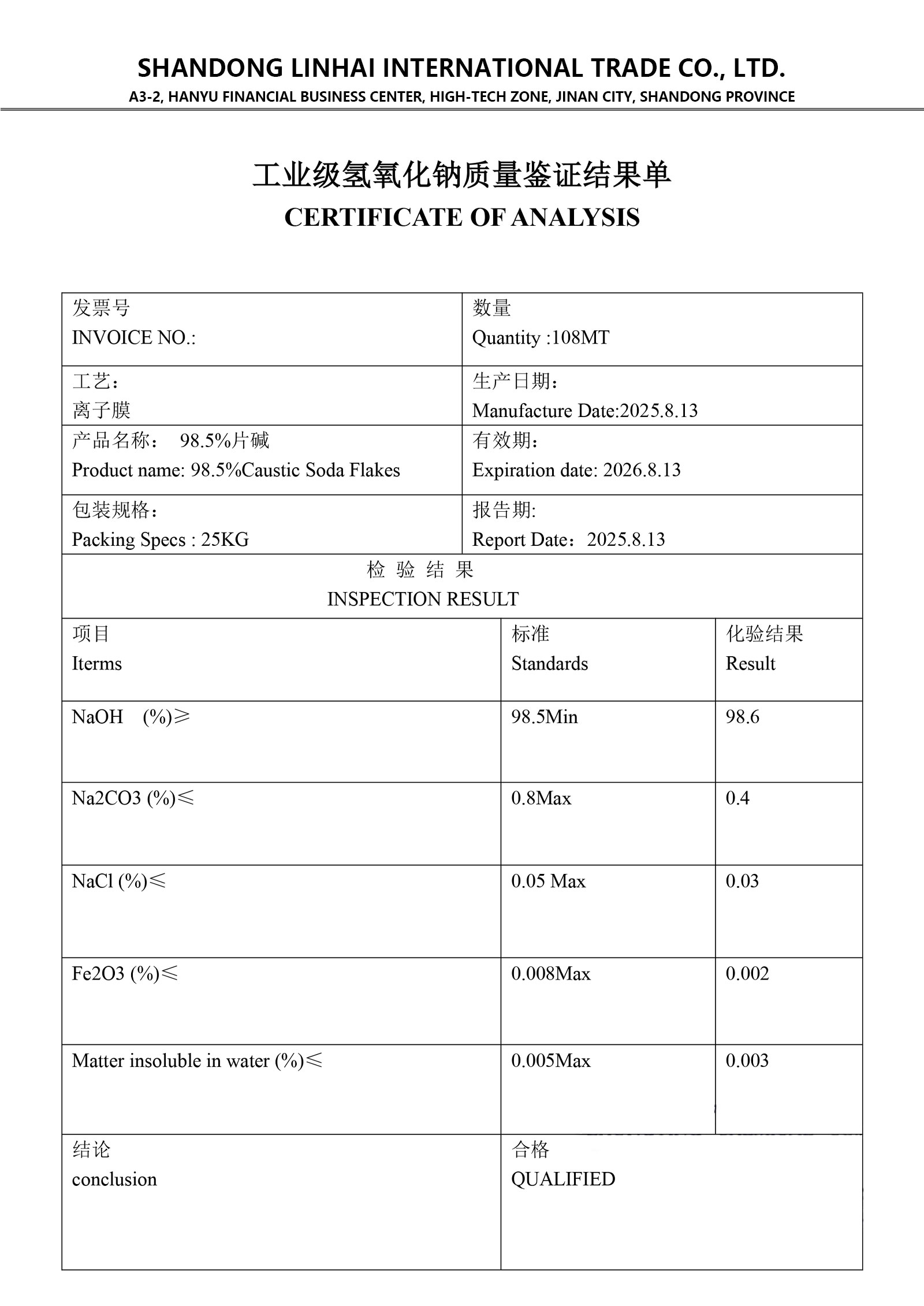
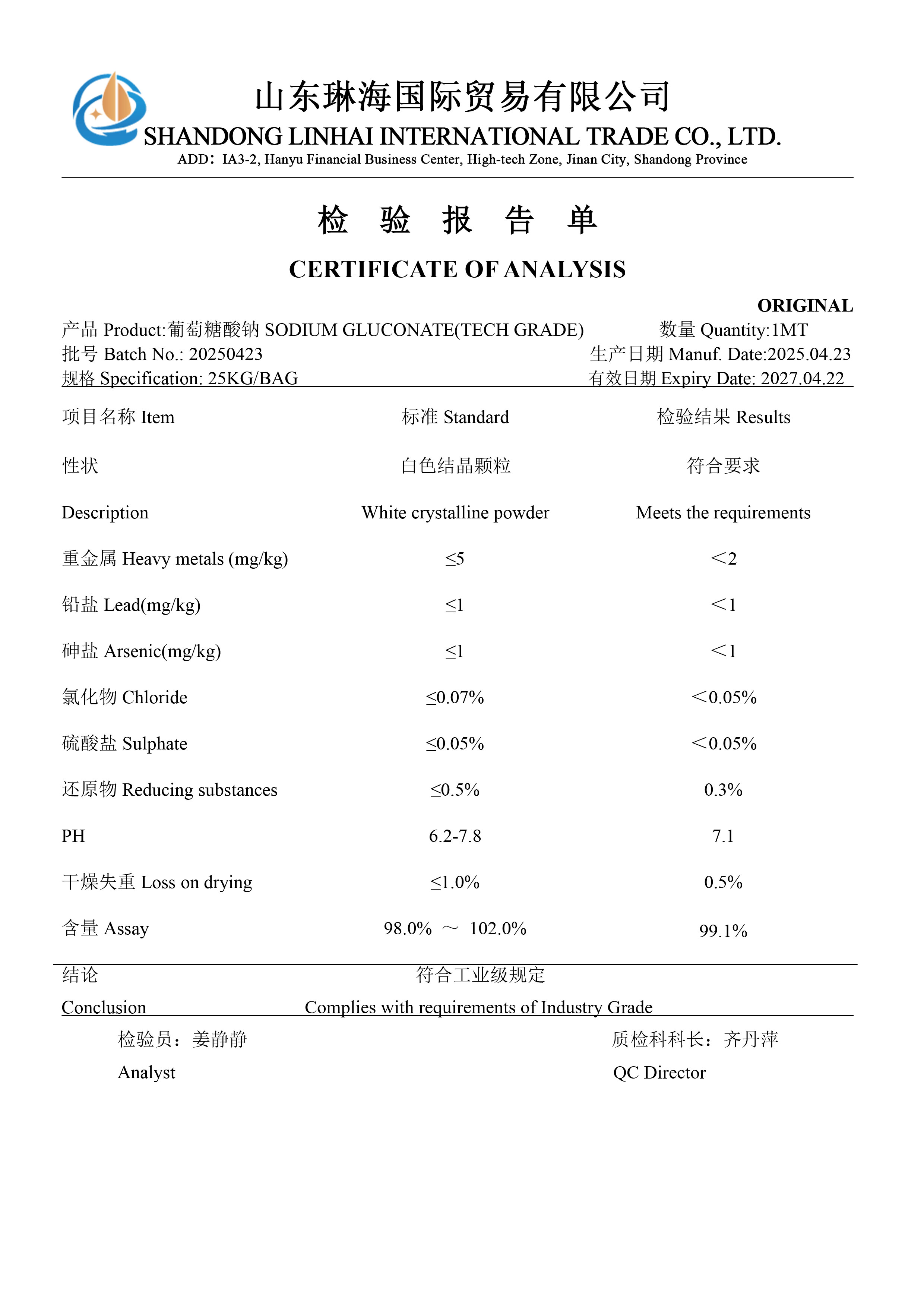
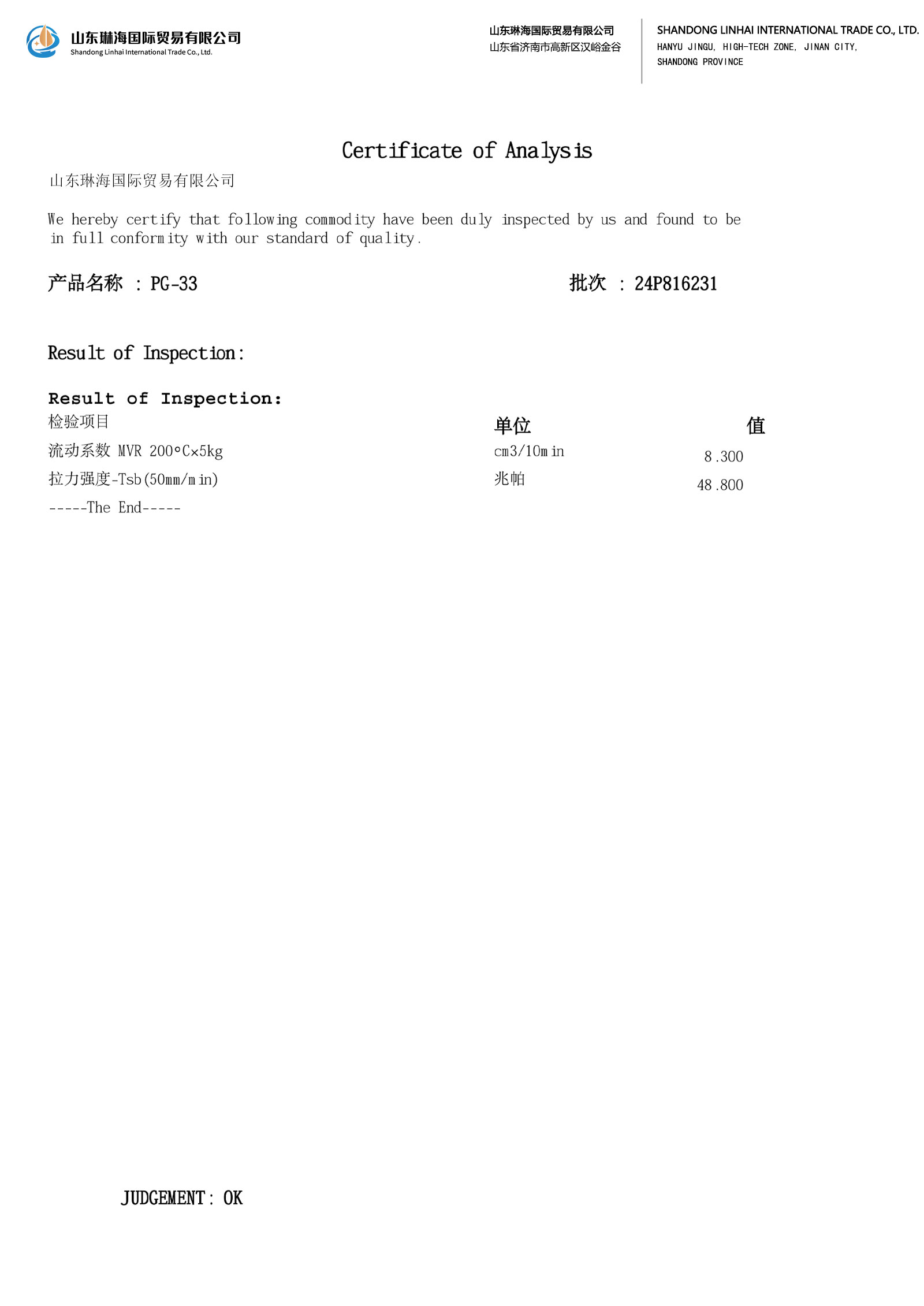
Factory & Shipping
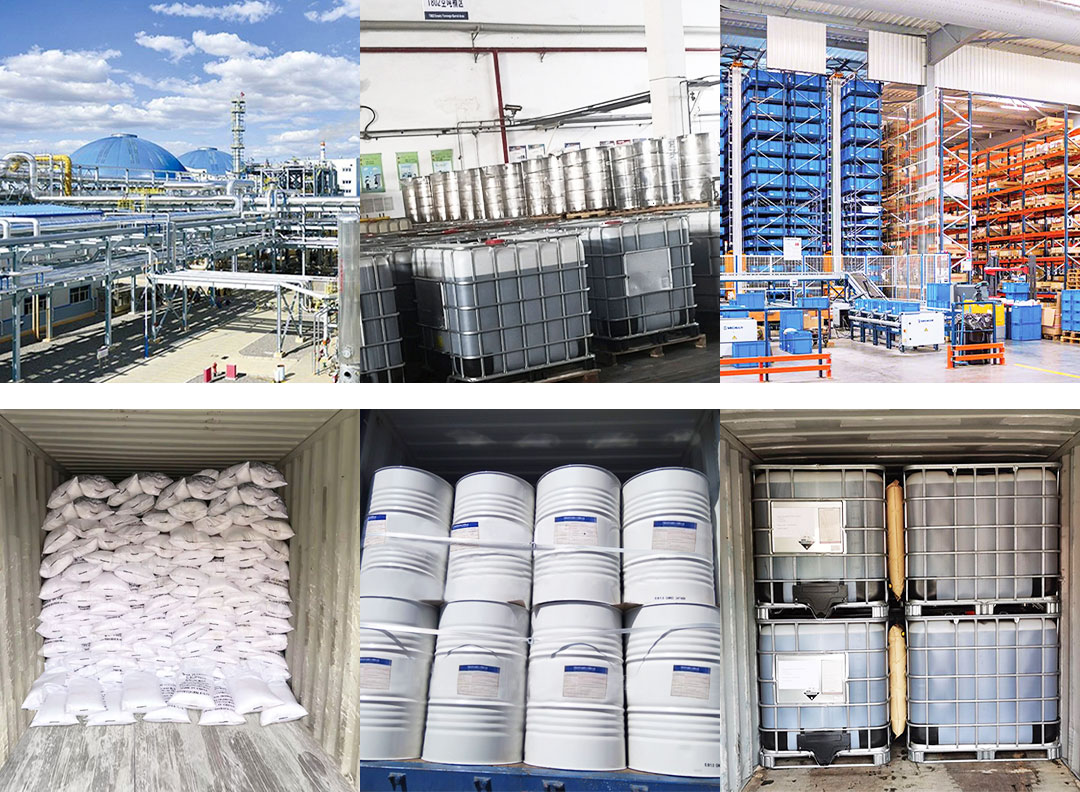
Company Introduction
We possess advanced production equipment and a technical team with extensive industry experience and expertise. We have established a strict production management system and are certified to ISO9001 quality management systems.
We prioritize product safety, environmental protection, and social responsibility. Our core products comply with food contact material standards and regulations issued by major countries and regions worldwide, including those issued by the National Health Commission of China, the U.S. Food and Drug Administration, the Ministry of Health, Labour, and Welfare of Japan, and the European Commission. These products meet the increasingly stringent safety and environmental requirements of food contact materials and medical supplies.
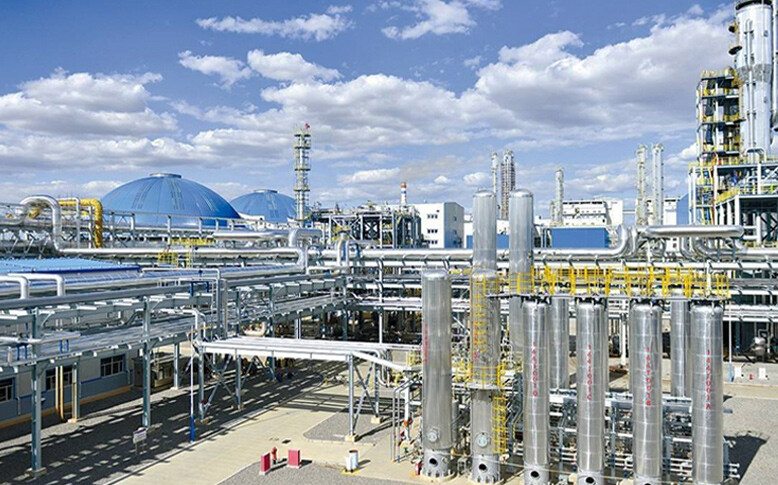
Online Consultation
Related Suggestion
Get in Touch
*We respect your confidentiality and all information are protected.
